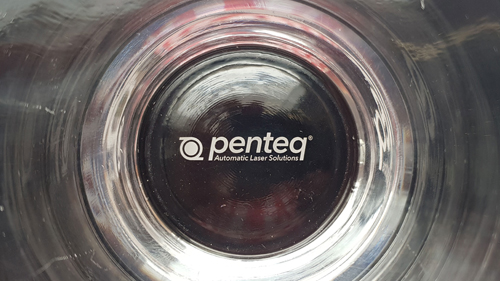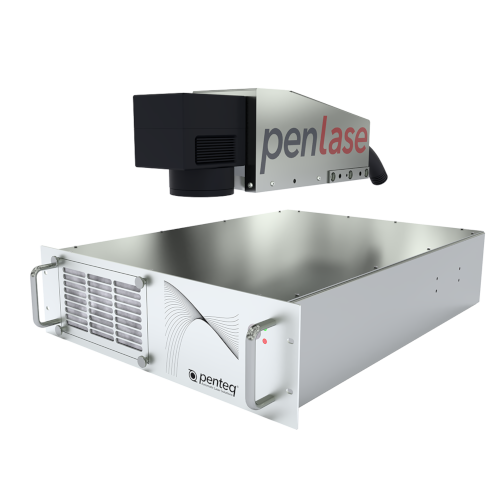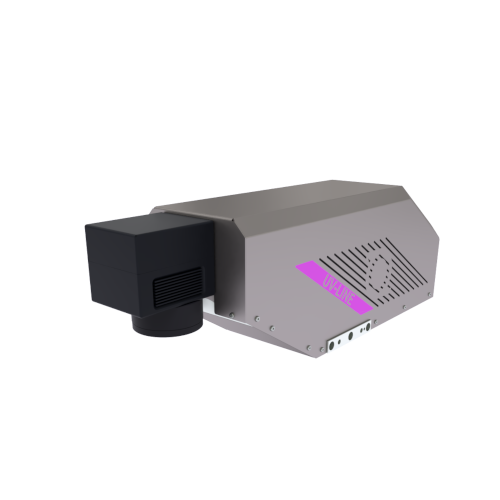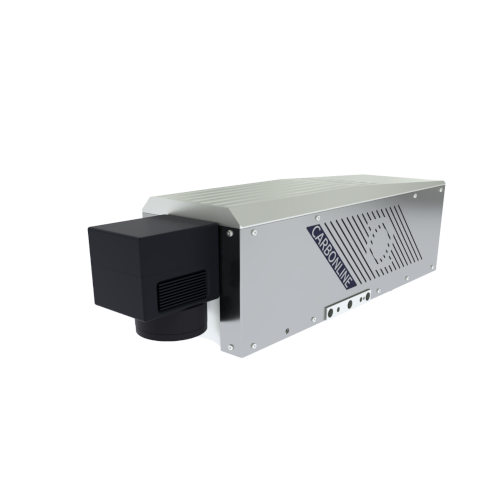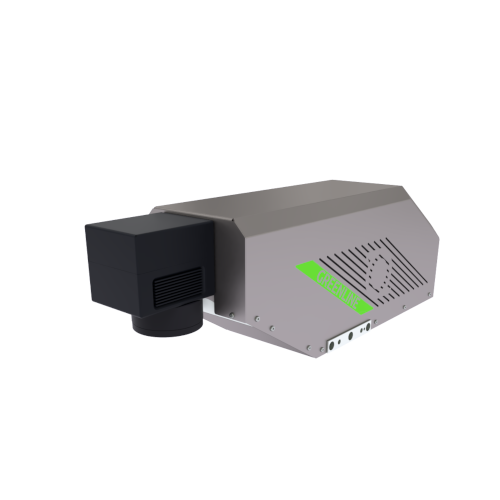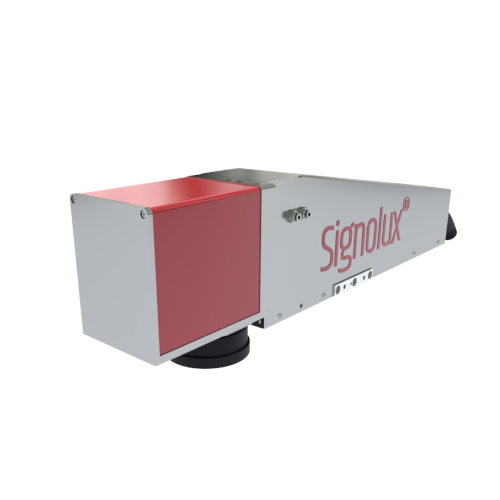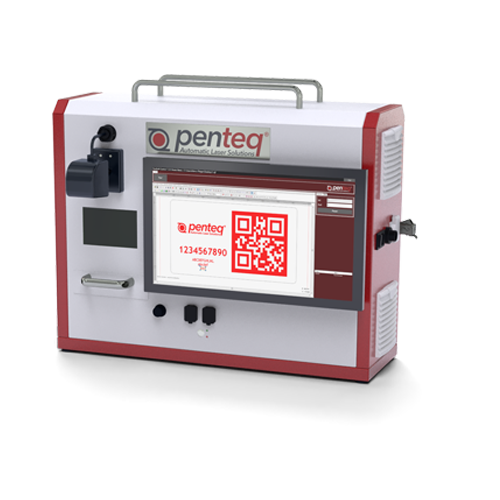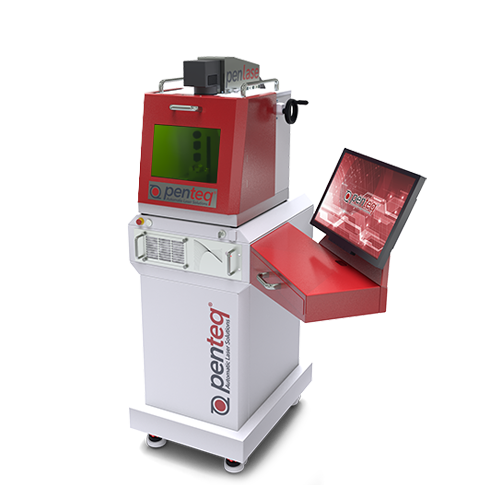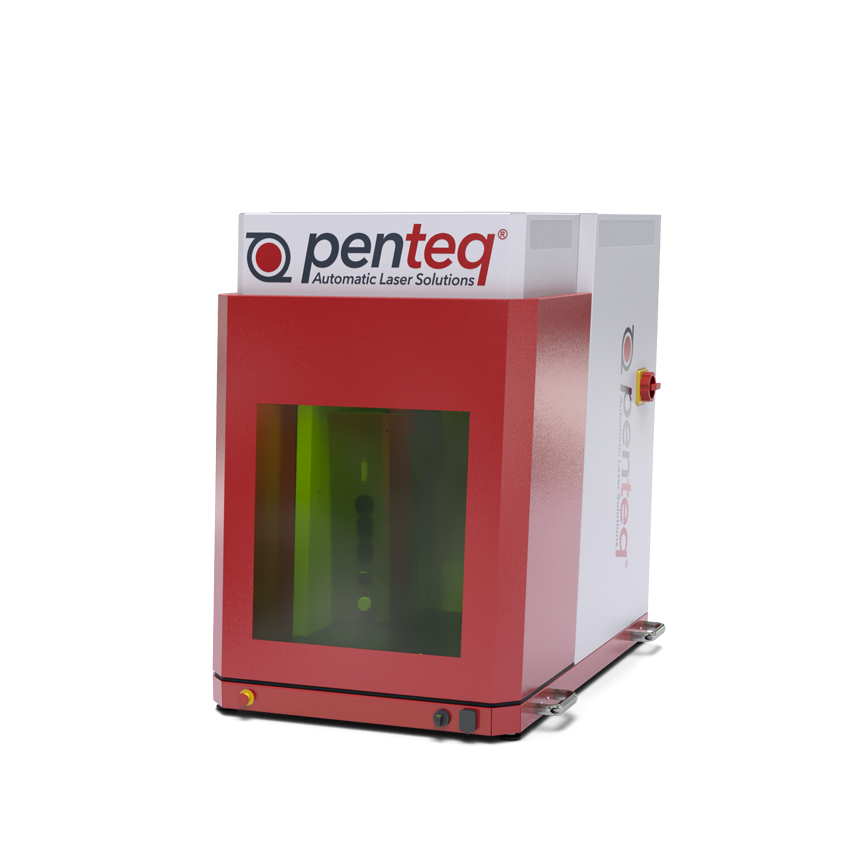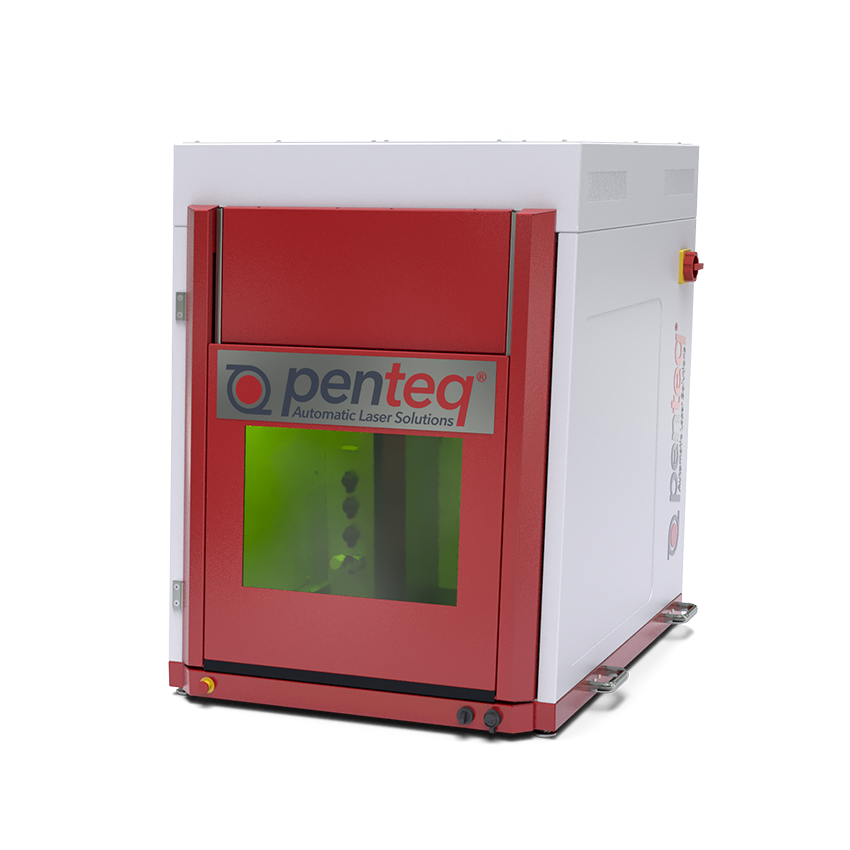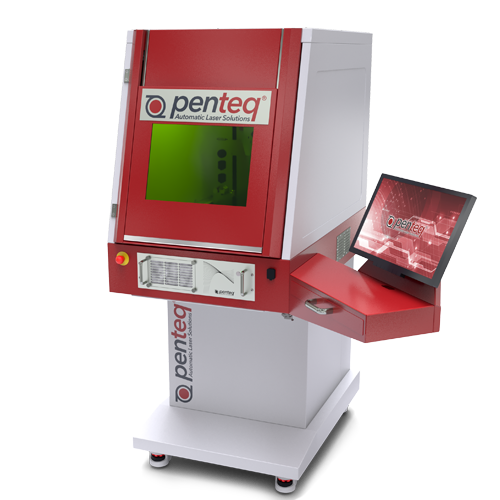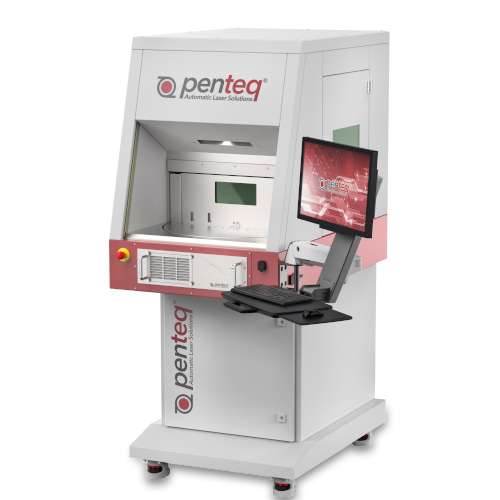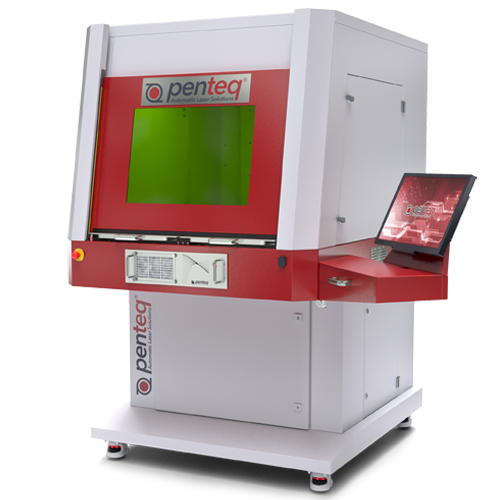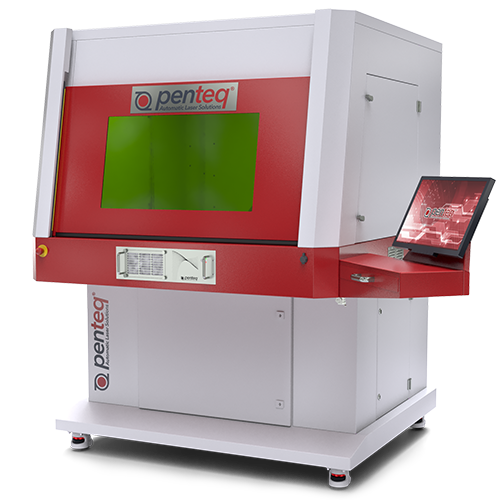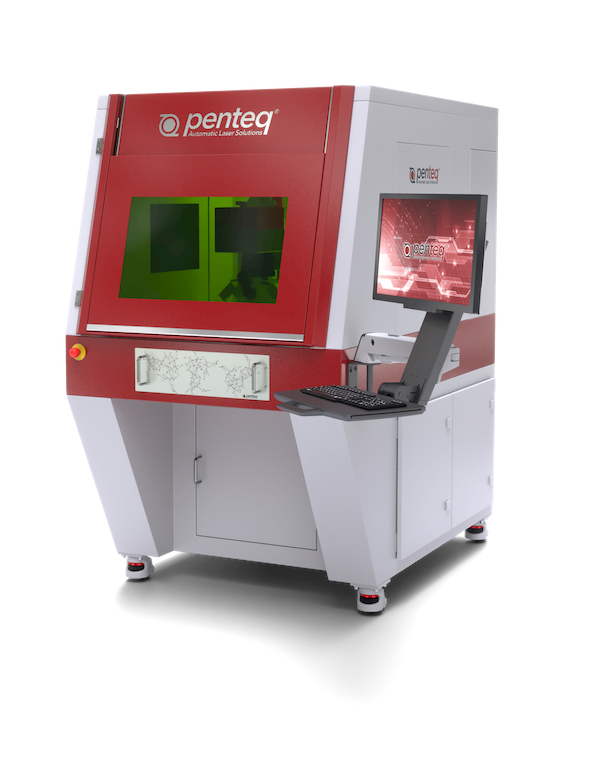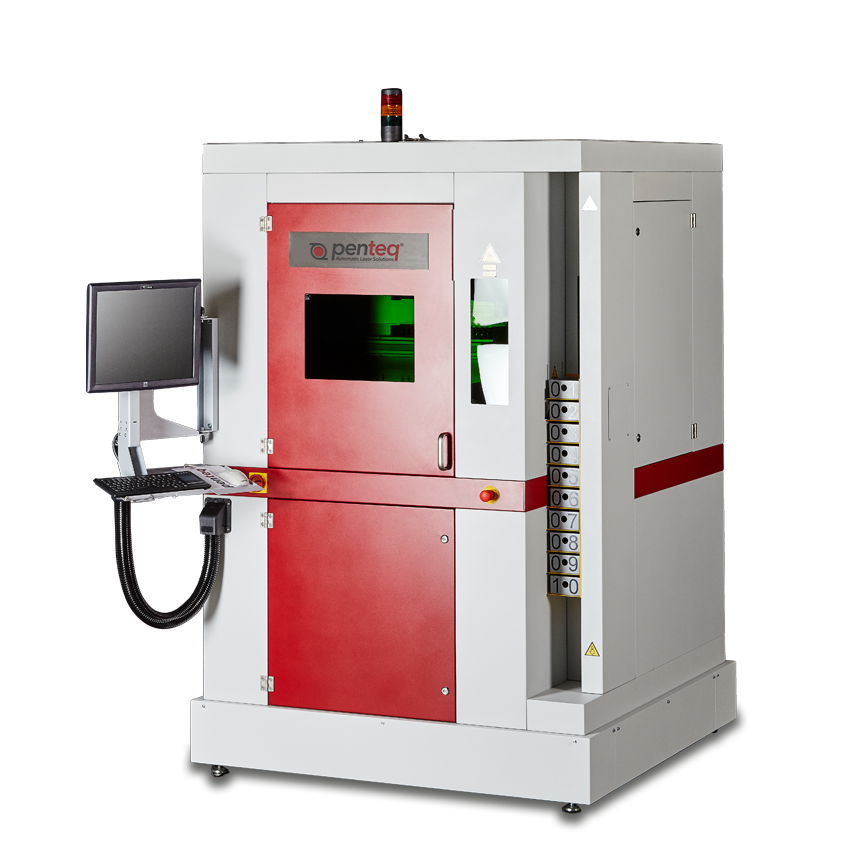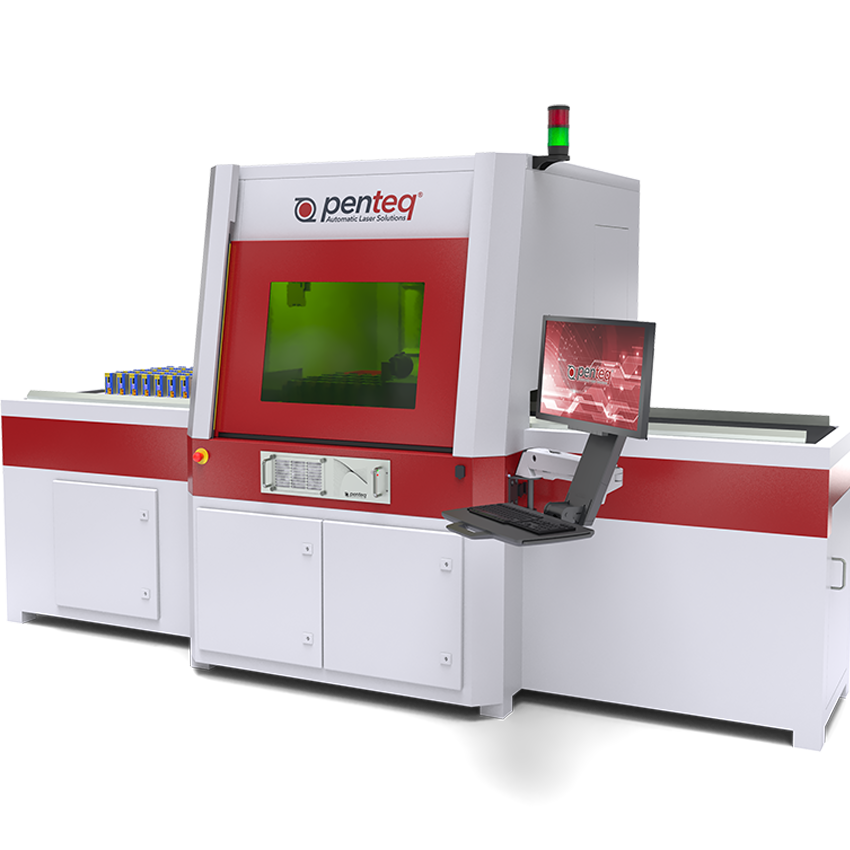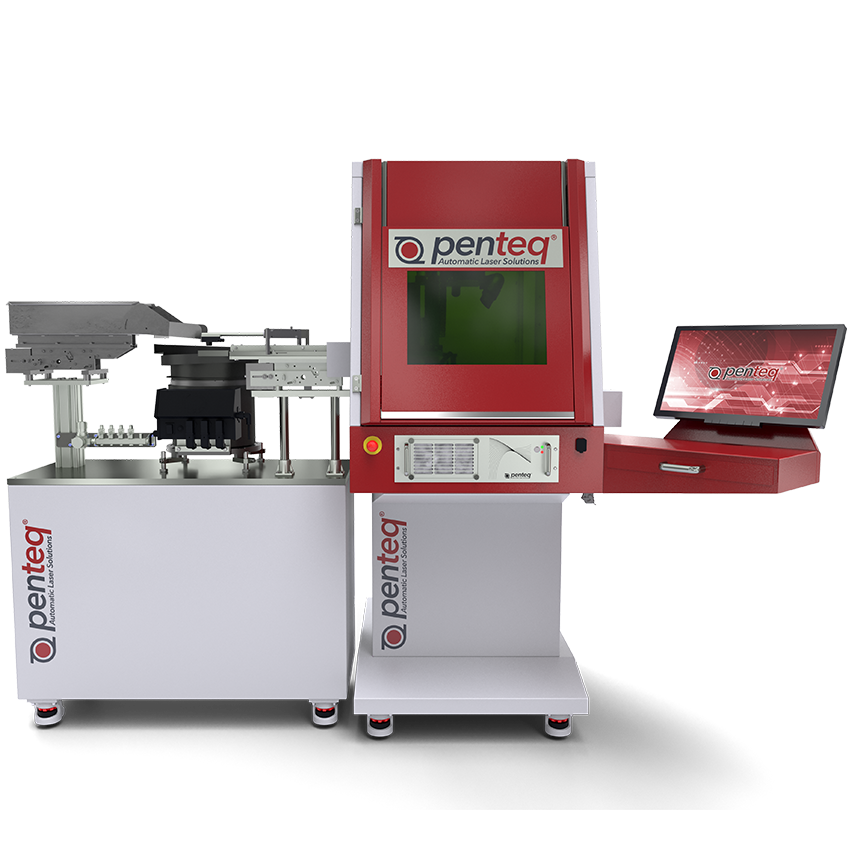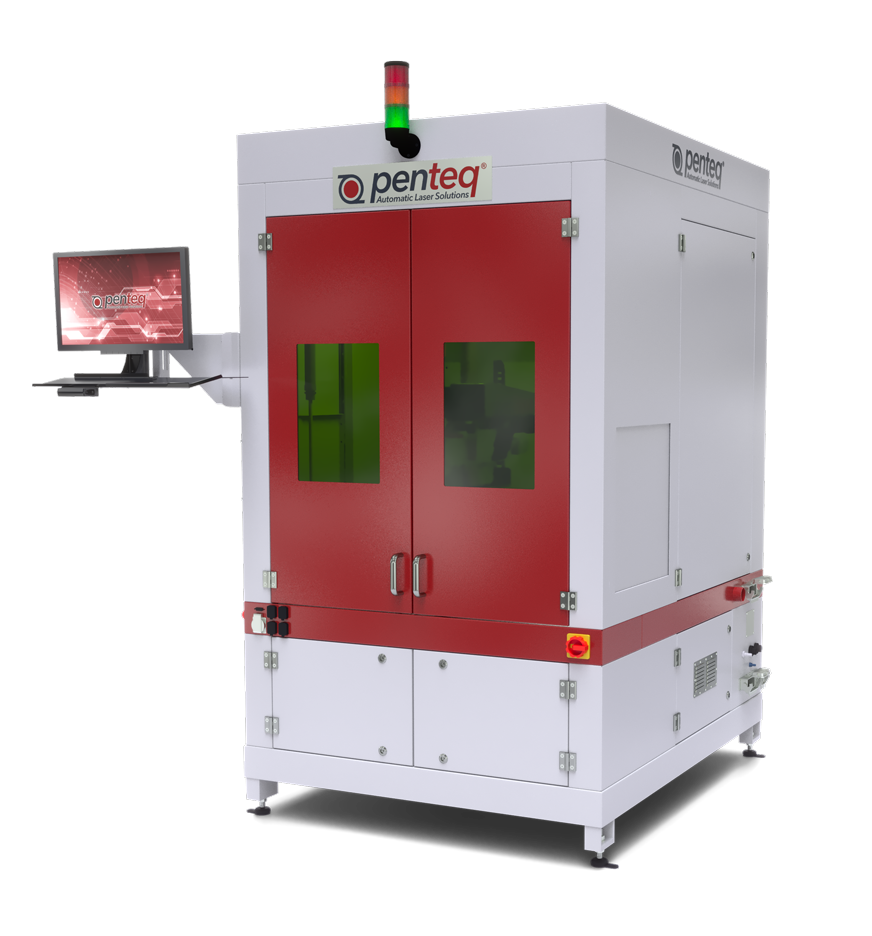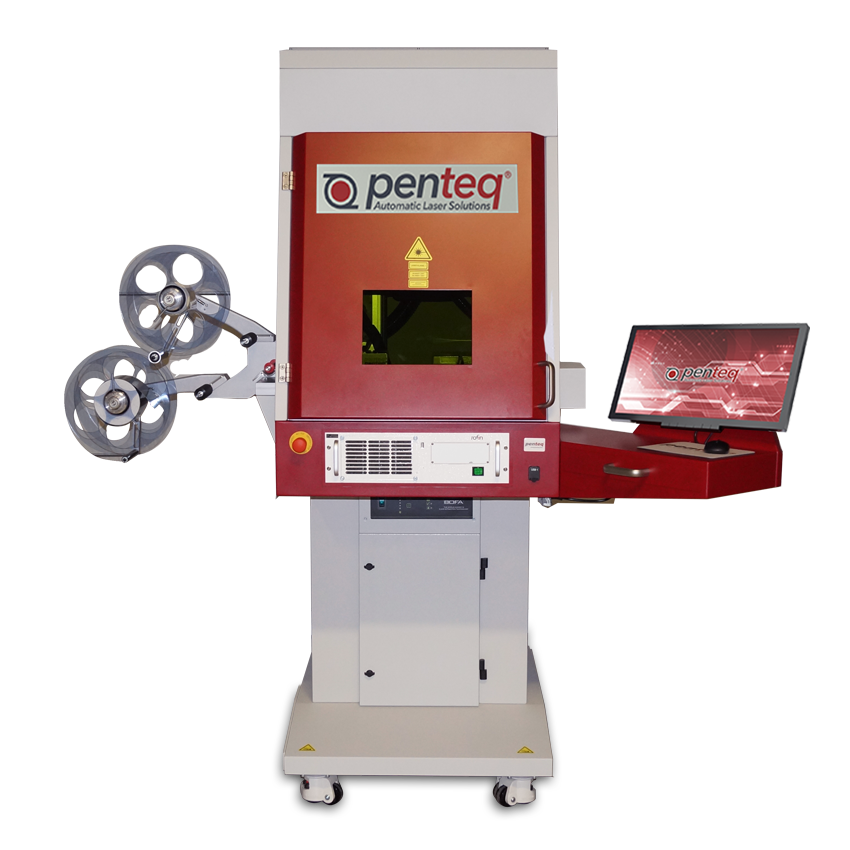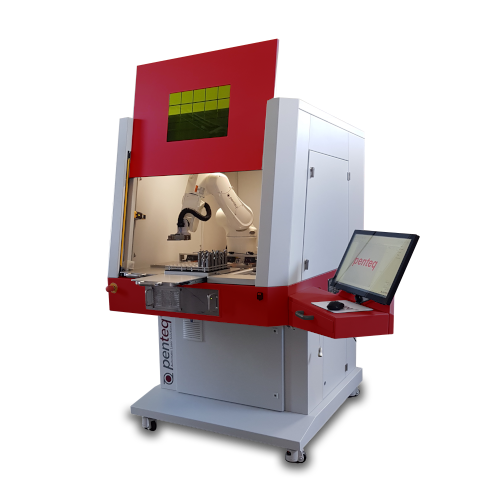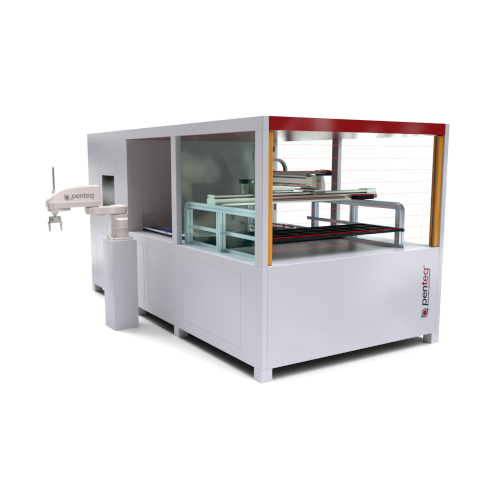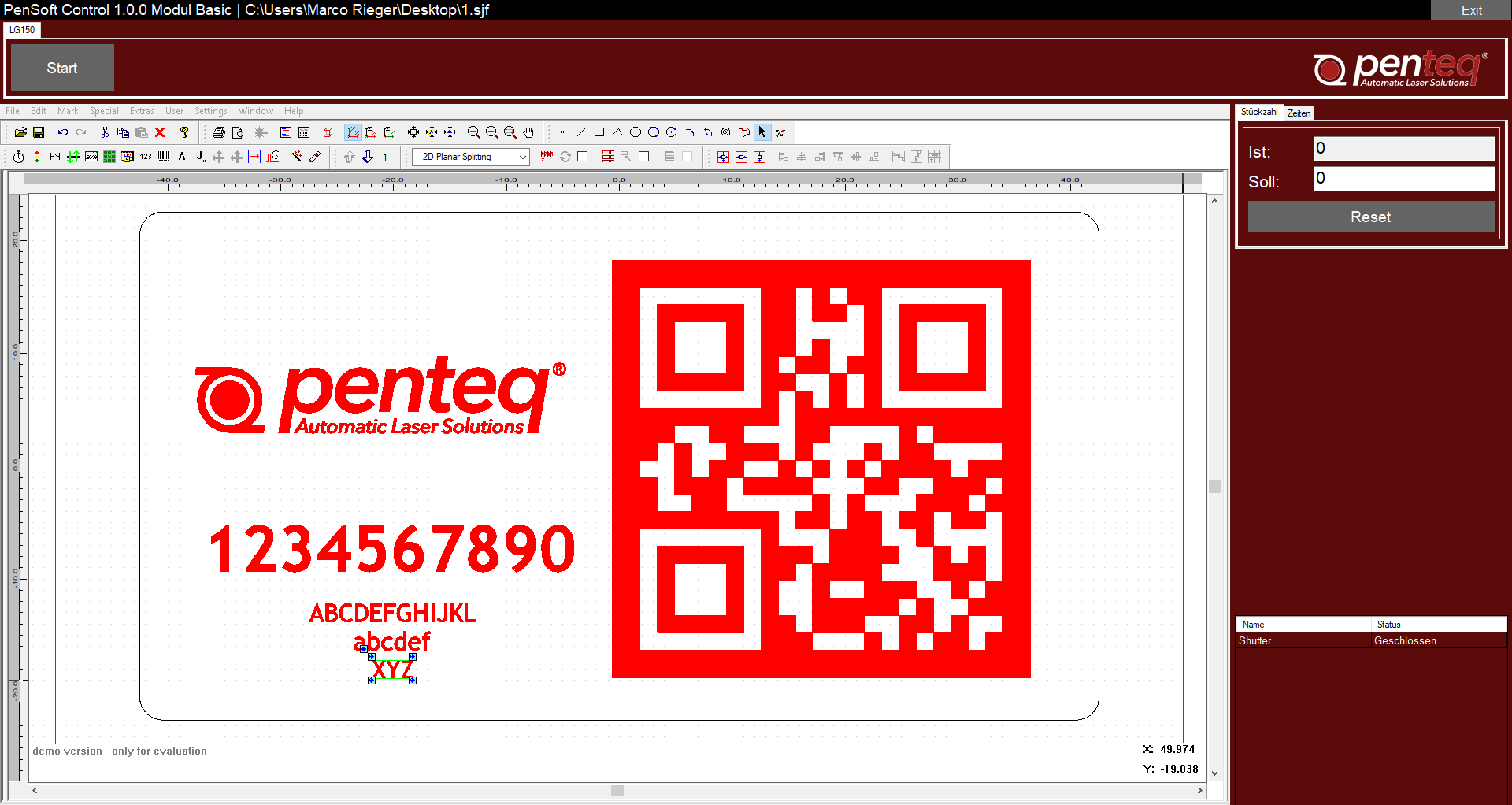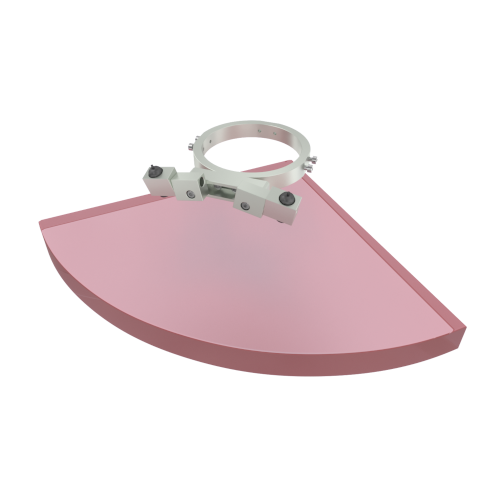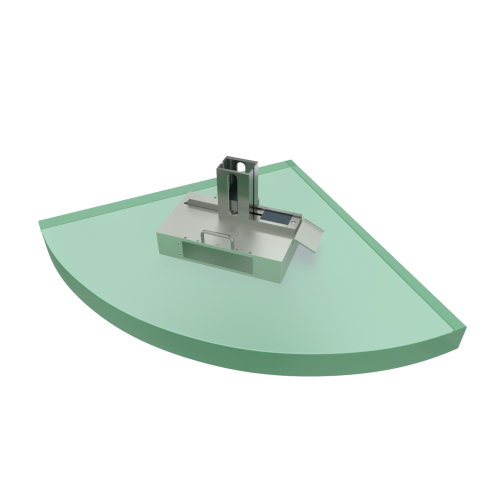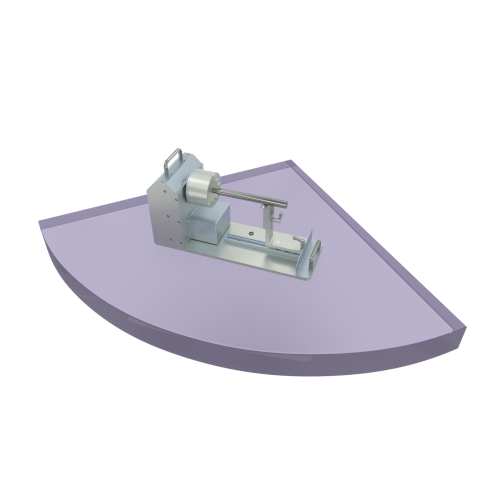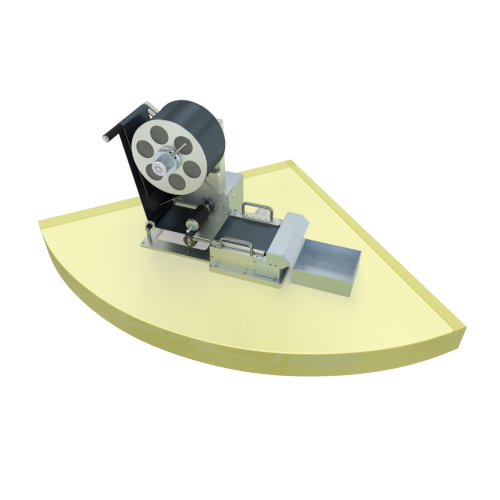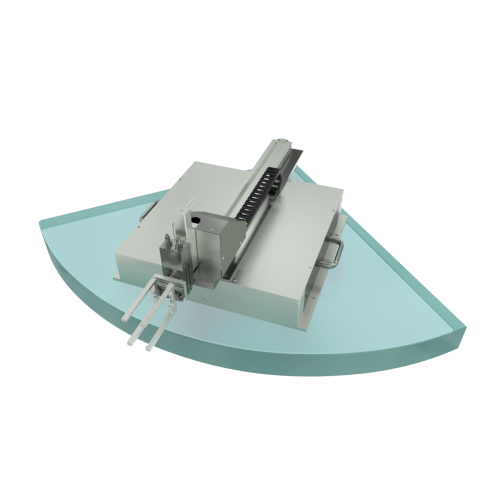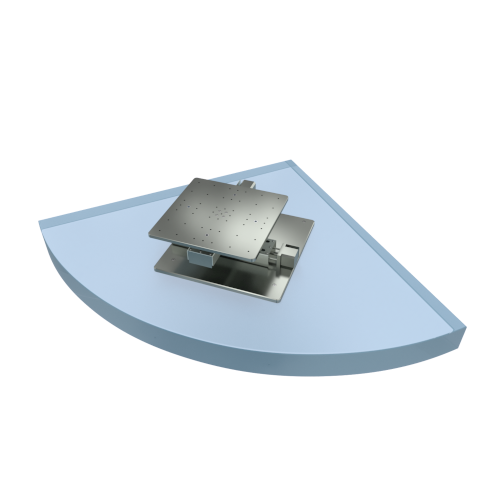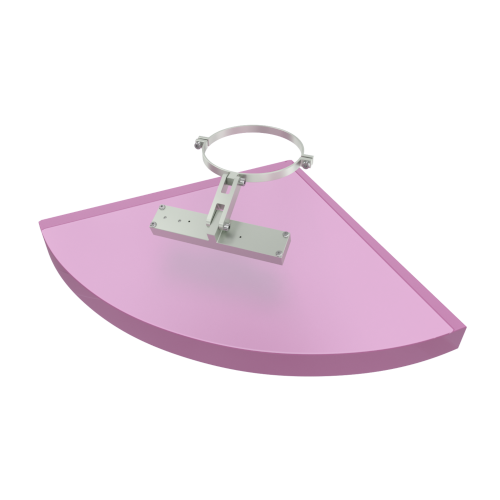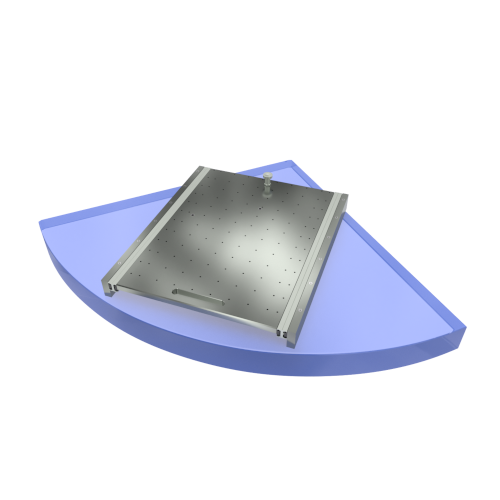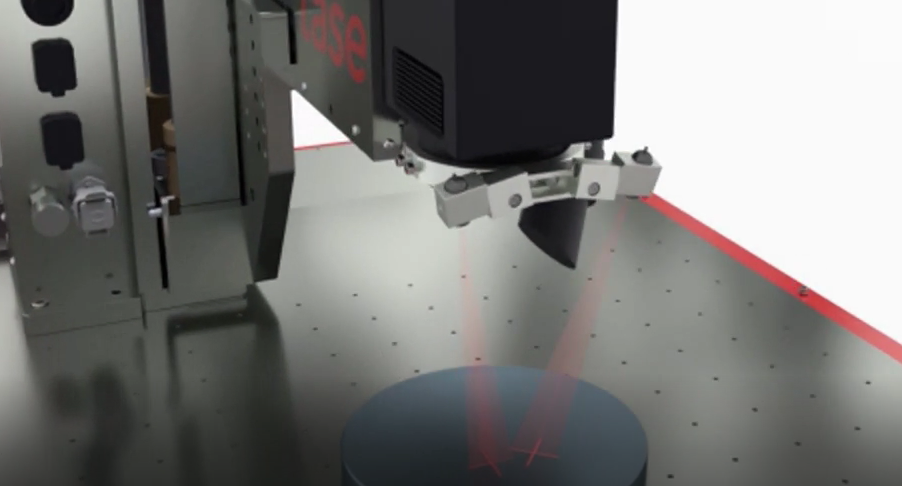EXPLANATIONS OF THE DATA MATRIX CODE
and the Standards TR 29158 (AIM-DPM)
The Datamatrix code is a machine-readable 2d code with high fault tolerance.
Compared to the one-dimensional barcode (the line weights determine the content), the data is represented in two dimensions in the Datamatrix.
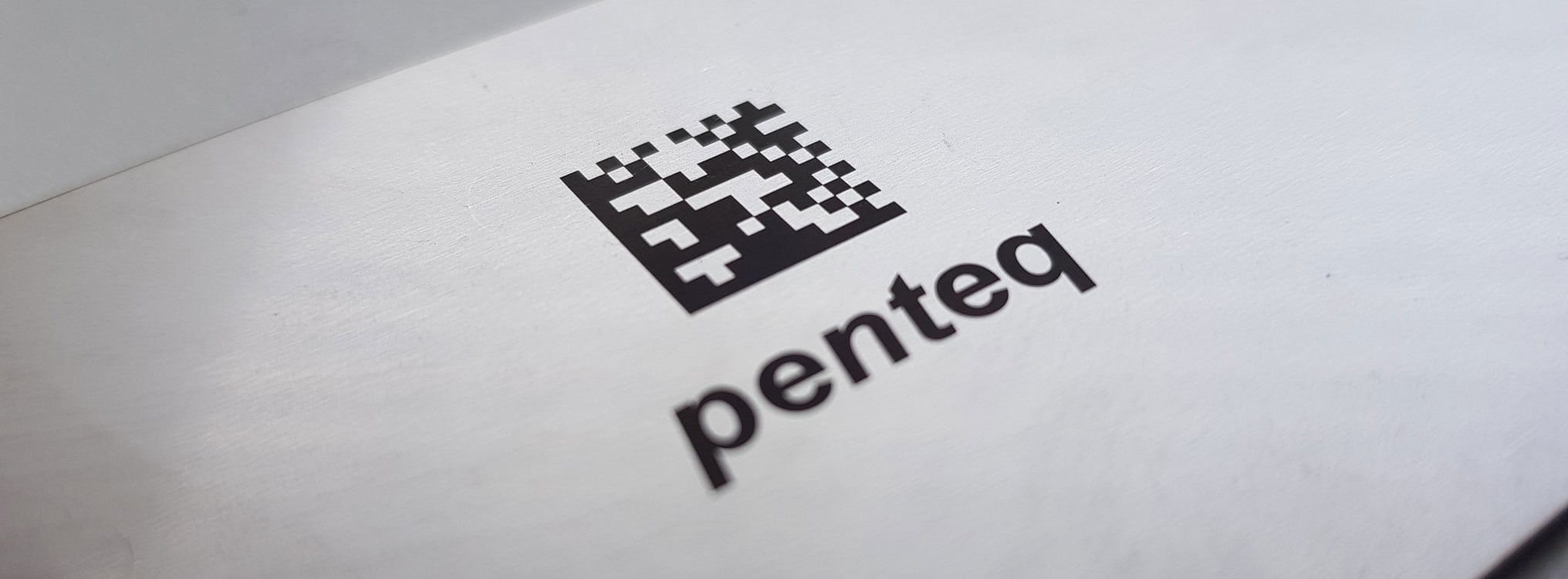
A low contrast is also sufficient for safe reading. Due to the unique structure, no positioning of the code in the rotation under the reader is necessary.
Thus, Datamatrix codes can be read at any angular position. The codes can contain a larger amount of data than barcodes at a comparable size.
By the so-called Reed-Solomon error correction up to 30% of the code can be defective and still be read reliably.
Module (cell):
A cell is the single point of the Datamatrix code and represents a data bit.
Depending on the marking method, a cell may be round or square.
Quiet Zone
Is the area that surrounds and encloses the Datamatrix code. The minimum width of the rest zone is a cell width. A rest zone width of at least two cell widths is recommended.
Finder:
is a characteristic pattern consisting of two L-shaped, continuous liens. The Datamatrix code can be determined clearly in its position and position by means of a finder.
Clocking pattern:
is opposite the Finder and is displayed as a dotted (broken) line. These points represent the number of rows and columns of the Datamatrix code.
Data region:
A single data region can contain up to 88 digits or 64 letters.
By duplicating these data regions, Datamatrix codes with up to 3116 digits or 2335 letters can be created in extreme cases.
The existing error correction allows the control or repair of defects.
Terms:
Resolution is the number of pixels per cell (module).
Reed Solomon serves as the basis for the error correction of the Datamatrix.
ECC (Error check code) describes the possibility of error correction (default is ECC200).
Datamatrix codes can be made square or rectangular.
Standard ISO-15415
The ISO-15415 goes from a black code (mark) on a white label (code with a high marking contrast) and is used for printed codes.
Only one lighting method is defined in the standard. If this lighting is not suitable for the respective marking in order to take a good picture, then a verification according to ISO-15415 makes no sense.
The verifier is calibrated by means of a so-called "white card". This affects the camera settings (exposure time, gain, etc.) so that the whiteness of the calibration card is covered by the camera values. After successful calibration, these values are saved.
Since the verifier will then always work with the same settings and no longer influence material changes or surfaces, acceptable images can only be reached with printed codes.
The histogram (gray value distribution) of the image is evaluated for verification. The norm here is a good distribution of the white and black markers of the Datamatrix code. In the case of directly marked codes (DPM), however, due to material and surface fluctuations, there are rather grey codes on a black substrate.
The lower brightness difference between the dark and light dots reduces the symbol contrast of the code and DPM markers tend to be rated worse.
DPM codes have been superseded by the AIM-DPM as an industry standard.
AIM-DPM
The aim DPM Quality Guideline is a standard that deals with the quality of data matrix codes that are directly applied to the surface of the article and read with a DPM reader.
The standard was published by the AIM Committee at the beginning of 2007. Compared to the ISO-15415 standard, the AIM-DPM quality guideline defines alternative lighting variants and conditions, optimally matched to material and surface – irrespective of the selected marking method.
After taking the picture, the AIM-DPM metrics are used to determine the quality of the mark. The evaluation is carried out with the help of a numerical value (4-1) or the American system for school grades (A-f).
The aim DPM Quality Guideline or ISO/IEC TR 29158 is the recommended standard for the verification of directly marked codes. It is only suitable for directly marked data matrix codes and independent of the marker style. In combination with a suitable DPM verifier, an optimal verification is possible. The standard defines among other things:
A new selection for the aperture positions
A new calculation type for image brightness
Fixed pattern damage adjustments
Minimum lighting requirements
Different lighting options
Dealing with separate modules
The distinctness of modules
A new threshold value calculation
The standard ISO 15415, which is often used in ignorance of the verification of directly marked codes, is only suitable for printed data matrix codes. Compared to the aim DPM quality Guideline, the ISO 15415 requires different parameters for the lighting and the threshold calculation. The statically fixed image brightness results in bad images. The reference reading cannot detect engraved codes. In addition, it is assumed that markers always have an extremely good contrast and have a balanced proportion of light and dark areas. However, this is not always guaranteed in the case of directly marked codes, because depending on the material, surface and marking methods, markers have a variance in contrast. In addition, certain marking processes lead to differences in the brightness distribution. The result: codes that are actually well marked directly fall through.

